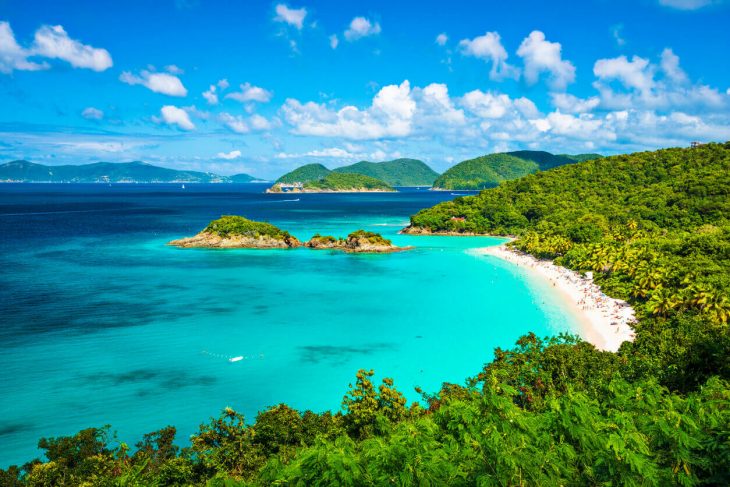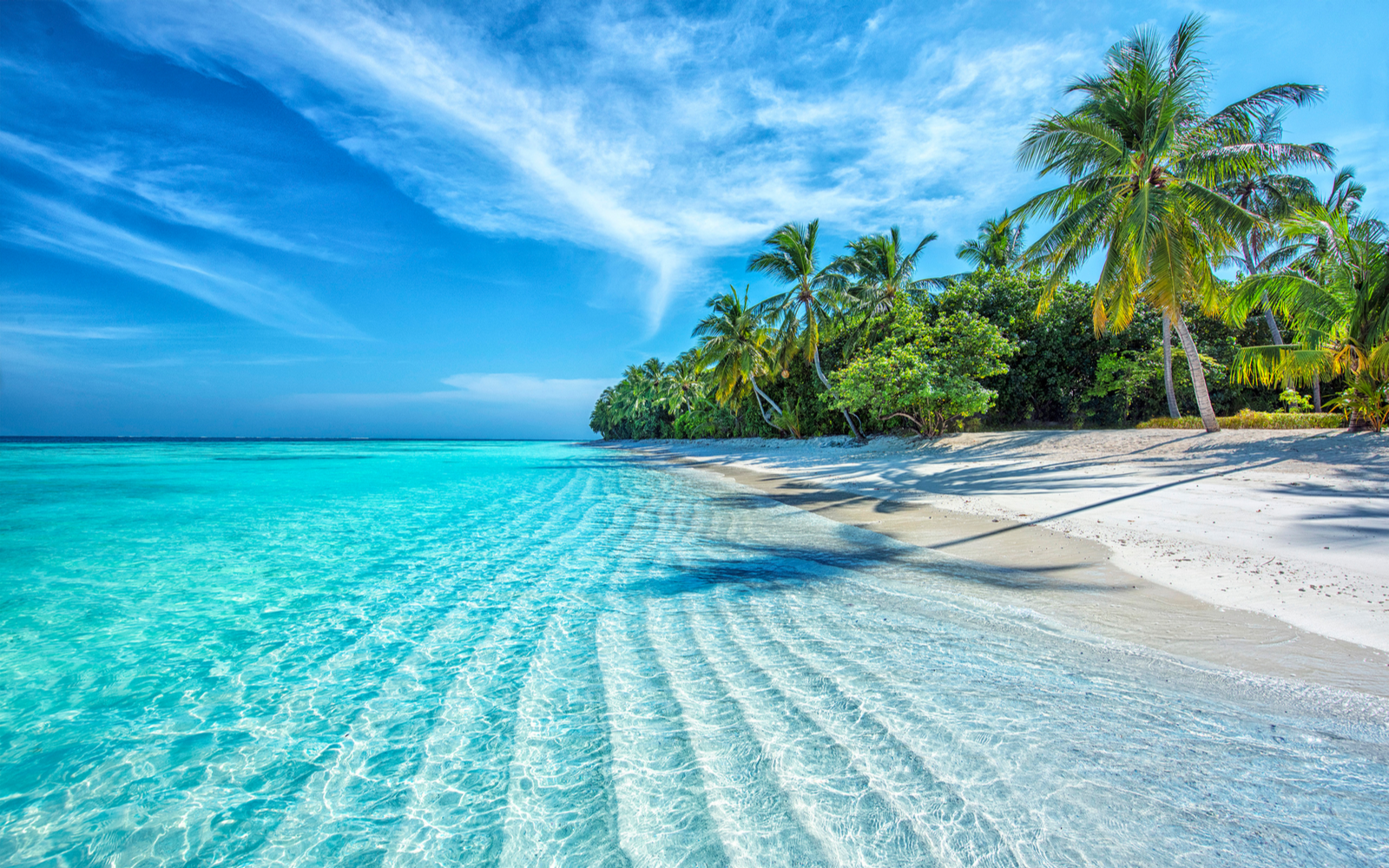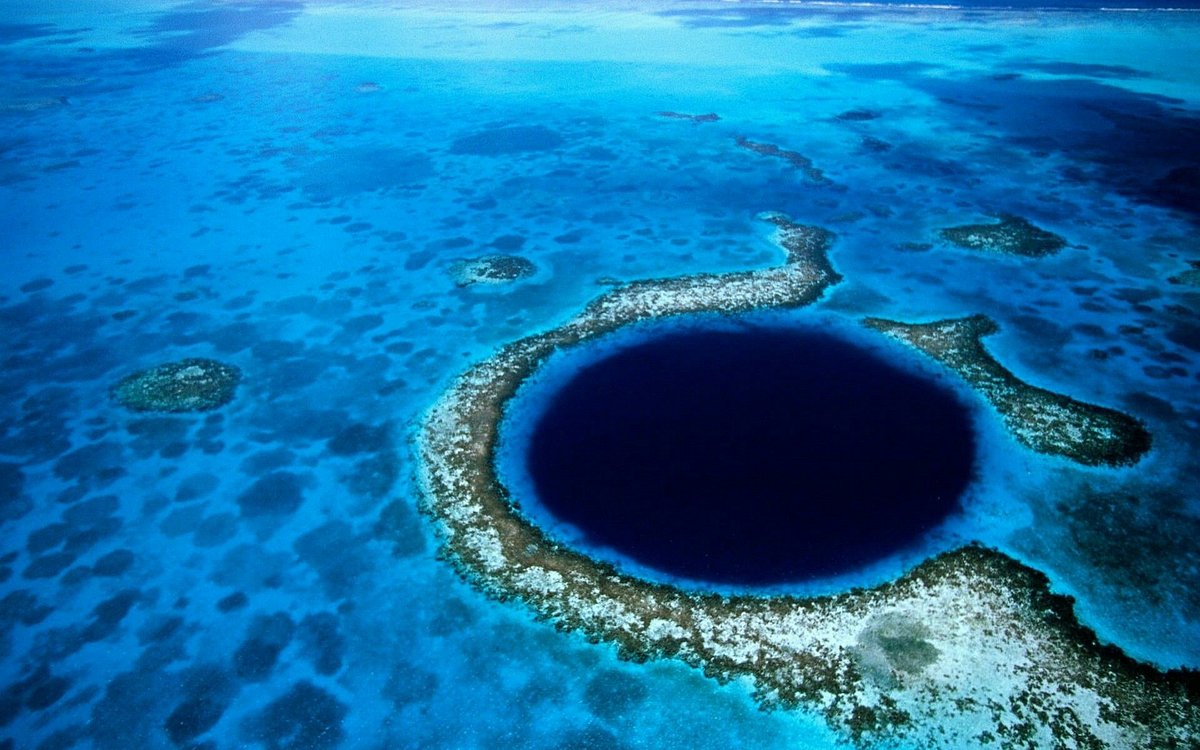
The Caribbean Sea is a vibrant and diverse body of water that holds a rich history, breathtaking marine life, and stunning landscapes. Stretching over 1.06 million square miles, it is located in the western part of the Atlantic Ocean. In this article, we will explore 11 fascinating facts about the Caribbean Sea, taking a deep dive into its geography, marine ecosystems, cultural significance, and more.
Location and Geography
The Caribbean Sea is situated in the tropics, bordered by the Greater Antilles to the north, the Lesser Antilles to the east, Central America to the south, and the Yucatan Peninsula of Mexico to the west. It is home to thousands of islands, islets, and cays, offering a diverse range of landscapes, from pristine beaches to lush rainforests.
Crystal Clear Waters
The Caribbean Sea is renowned for its crystal-clear turquoise waters. The exceptional clarity is attributed to the absence of major river systems and the low levels of sedimentation in the region. These pristine waters provide excellent visibility for snorkeling, scuba diving, and other water activities.

Biodiversity and Coral Reefs
The Caribbean Sea is a treasure trove of marine biodiversity. It is home to a wide variety of coral reefs, which are considered some of the most diverse and beautiful in the world. These reefs support a staggering array of marine life, including colorful fish, sea turtles, rays, and vibrant coral species.
The Great Blue Hole
Located off the coast of Belize in the Caribbean Sea, the Great Blue Hole is a world-famous underwater sinkhole. It is a circular depression that measures approximately 1,000 feet in diameter and 400 feet in depth. The Great Blue Hole is a popular diving destination, attracting adventurers who seek to explore its unique geological features and encounter diverse marine life.

Pirates of the Caribbean
The Caribbean Sea has a rich history of piracy, which reached its peak during the 17th and 18th centuries. Infamous pirates such as Blackbeard, Calico Jack, and Anne Bonny roamed the Caribbean, plundering merchant ships and creating legends that still captivate our imaginations today. The region’s history of piracy has become an integral part of its cultural heritage.
Hurricane Alley
The Caribbean Sea is located in an area known as “Hurricane Alley.” This region is susceptible to hurricanes and tropical storms, especially during the Atlantic hurricane season, which typically runs from June to November. The warm waters and favorable atmospheric conditions make the Caribbean Sea a breeding ground for these powerful storms.
Economic Importance
The Caribbean Sea plays a crucial role in the economies of the countries that surround it. Tourism, fishing, and shipping are significant industries that rely on the resources and natural beauty of the region. The Caribbean also produces and exports commodities such as sugar, bananas, rum, and spices.
Cultural Diversity
The Caribbean Sea is a melting pot of cultures, reflecting its history of colonization and migration. The region is home to a diverse mix of indigenous peoples, European settlers, and African, Asian, and Middle Eastern immigrants. This cultural diversity is evident in the vibrant music, cuisine, festivals, and traditions that thrive throughout the Caribbean islands.
Sargassum Seaweed
The Caribbean Sea is affected by the presence of Sargassum seaweed. This brown seaweed floats in large mats on the surface of the water and can accumulate on beaches, impacting tourism and marine ecosystems. However, Sargassum also provides essential habitat for various marine species, including sea turtles and fish.
The Caribbean Blue Flag Program
The Caribbean Blue Flag Program is an initiative that promotes sustainable tourism and environmental stewardship in the region. Beaches and marinas that meet strict criteria for water quality, environmental management, and education are awarded the Blue Flag certification, signifying their commitment to sustainable practices.
Ecotourism and Marine Conservation
The Caribbean Sea attracts ecotourists from around the world who are eager to explore its unique ecosystems and contribute to their conservation. Many organizations and initiatives focus on marine conservation efforts, including coral reef restoration, marine protected areas, and sustainable fishing practices, ensuring the long-term health and preservation of the Caribbean Sea’s biodiversity.
Conclusion
The Caribbean Sea is a remarkable and diverse marine environment, encompassing stunning landscapes, rich biodiversity, and fascinating history. From its crystal-clear waters and vibrant coral reefs to its cultural heritage and economic significance, the Caribbean Sea continues to captivate and inspire. Exploring these 11 fun facts about the Caribbean Sea offers a glimpse into the wonders that await in this remarkable part of the world.
Frequently Asked Questions (FAQs)
How deep is the Caribbean Sea?
The deepest point in the Caribbean Sea is the Cayman Trench, which reaches a depth of approximately 25,216 feet (7,686 meters). However, most areas of the sea have a depth of around 8,500 feet (2,600 meters).
What is the water temperature in the Caribbean Sea?
The water temperature in the Caribbean Sea varies throughout the year. It generally ranges from 75°F (24°C) to 86°F (30°C), making it an ideal destination for swimming, diving, and other water activities.
Are there sharks in the Caribbean Sea?
Yes, there are various species of sharks in the Caribbean Sea, including nurse sharks, Caribbean reef sharks, and tiger sharks. However, shark encounters with humans are rare, and these animals generally pose little threat to swimmers and divers.
Can you visit the Caribbean Sea on a cruise?
Yes, the Caribbean Sea is a popular destination for cruises. Many cruise lines offer itineraries that allow travelers to explore multiple Caribbean islands and enjoy the beauty of the sea.
Is it safe to swim in the Caribbean Sea?
Generally, it is safe to swim in the Caribbean Sea. However, it’s important to be mindful of local conditions, such as strong currents or jellyfish presence. It’s advisable to follow any safety guidelines provided by local authorities and to swim in designated areas.
Was this page helpful?
Our commitment to delivering trustworthy and engaging content is at the heart of what we do. Each fact on our site is contributed by real users like you, bringing a wealth of diverse insights and information. To ensure the highest standards of accuracy and reliability, our dedicated editors meticulously review each submission. This process guarantees that the facts we share are not only fascinating but also credible. Trust in our commitment to quality and authenticity as you explore and learn with us.
